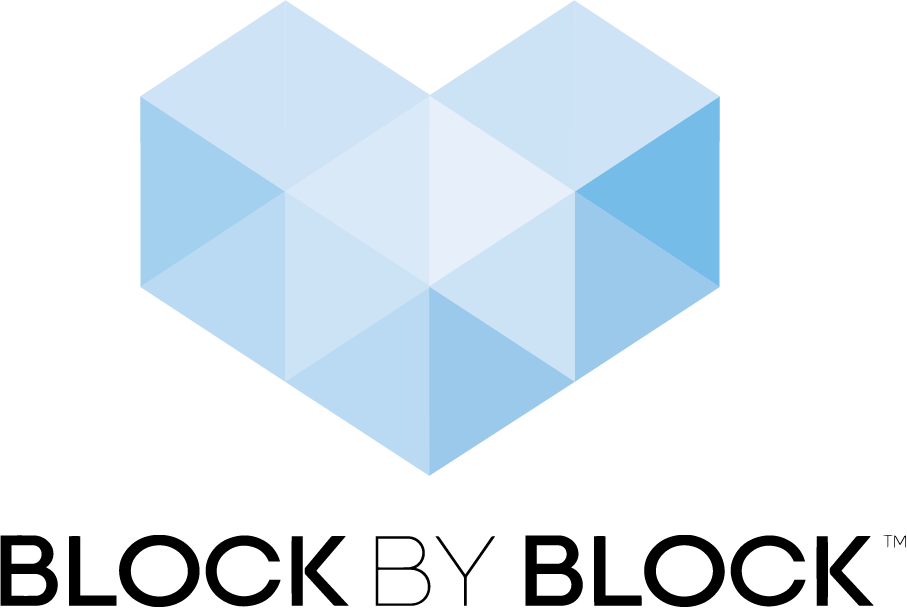Building a Child-Friendly City in Sharjah
Building a Child-Friendly City in Sharjah
Young UAE residents use Minecraft to help design the future of their city and earn their home a Child-Friendly City designation from UNICEF.
Building a Child-Friendly City in Sharjah
Sharjah, UAE
Project type: Public park
Funder: UNICEF
Collaborators: UN-Habitat, Sharjah Baby Friendly Office, Sharjah Urban Planning Council, International School for Creative Science, Sharjah City for Humanitarian Services, Knowledge and Human Development Authority
Region: Arab States
Tags: accessibility, children and youth, competition and crowdsourcing, public safety and security, social inclusion and human rights, sports and recreation
Young UAE residents use Minecraft to help design the future of their city and earn their home a Child-Friendly City designation from UNICEF. Credit: UN-Habitat
Background
In 2018, UNICEF established a “Child-Friendly City” initiative to recognize municipalities dedicated to protecting youth rights. Having previously achieved recognition as a Baby-Friendly City, Sharjah recruited resources to support this new goal.
With UNICEF’s funding support, UN-Habitat collaborated with the Sharjah Baby Friendly Office and the Sharjah Urban Planning Council on the Child-Friendly initiative, emphasizing four key areas: Evidence and Data, Children and Community Participation, Strategic Projects, and System Strengthening. The partners decided to engage children and youth by bringing a Block by Block Workshop to the city.
“Our role is to ensure that children are given these opportunities to achieve their dreams and aspirations, and to have a say in changing not only the future, but their present reality as well.”
A largely unused site was selected as the focus for the Block by Block Workshop. Credit: UN-Habitat
Building a Child-Friendly City, Block by Block
The workshop took place at the International School of Creative Science in April 2019, bringing together 48 participants ranging from 9 to 11 years old. Some of the children were familiar with Minecraft and had played for years, while others quickly learned how to use the tool with their teammates. After some focused instruction on urban design principles, the children used the video game to collaborate and illustrate their ideas. A separate workshop engaged local government officials, engineers, and urban planners.
Over two days, sixteen teams of three developed sketches for public spaces in Sharjah. The kids prioritized comfortable green, shaded areas for playing and relaxing in the city’s hot climate, as well as park fencing and lighting for safety. Most notably, many of the children recognized the need to design across the spectrum of ability and disability. By incorporating sign language and helpful signage in proposed park designs, the young urban planners helped ensure an inclusive future for the city and its residents.
Intergenerational collaboration at the Block by Block Workshop. Credit: UN-Habitat
“We don’t have to wait to grow up before we can become designers and architects to realize our dreams. Through this exercise, I can explore the area and I can build play areas, a cycling track, an exercising spot, and whatever I can imagine.”
One design from the workshop shows ample tree cover and comfortable seating for park visitors.
“What we have seen in the last four days were wonderful and inspiring results shared with us by young boys and girls allowing us to consider new ideas, facilities, and features, all key components in developing our local community.”
Progress
Following the workshop, the partnering organizations focused efforts to meet the requirements set in the Sharjah Child-Friendly City Project 2019-2021 action plan:
That they are valued, respected, and treated equally within their communities and by local authorities;
they have their voice, needs and priorities heard and taken into account in public laws, policies, and decisions that affect them;
they have access to basic essential services;
they live in a safe, secure, and clean environment;
they have opportunities to enjoy family life, play, and leisure.
Sharjah received UNICEF’s official designation as the world’s first recognized Child-Friendly City in 2019, and city leaders continue to design a city that supports high quality of life for youth based on these principles.
“This is the most efficient public engagement we have had for a city development project.”


